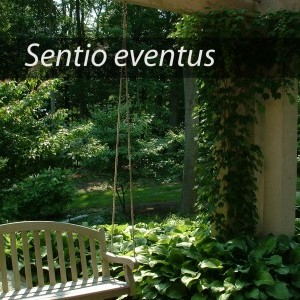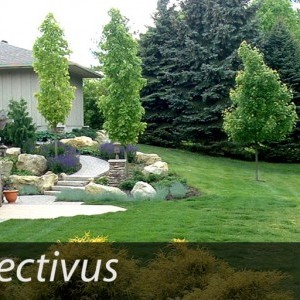Lessons From a Cutting Torch
I’ve been taught by a cutting torch. The cutting torch we use operates like this: First you dial open the acetylene valve. Upon hearing the hiss of escaping gas, strike a flint at the tip and out shoots a billowy, fluffy flame about 8-12” long. Impressive and pretty, but rather useless. Next the oxygen is opened up (just barely, else the original flame pops and dies out), changing the flame immediately to a shorter, tighter flame. The acetylene is then dialed open more; then the oxygen; now the acetylene, now the oxygen and so on until the flame is just right in length and intensity. Now you’ve got a blasting flame that can cut right through steel. Acetylene and Oxygen. The two work together to do an amazing feat which neither can accomplish individually.
There are a lot of principles used in successful landscape design, but there's two I've never heard much about. These two seem to fight against each other, working first this way, then that, until a synthesized harmony finally emerges. Too much of one and it makes the other pop and die out. But work them in and weave’em together and you get a landscape that can sing.
To sound sophisticated, I’ll reach for Latin. I’d like to try calling the first one vista prospectivus (a distant view) and the second sentio eventus (the felt experience).
But what I really mean is Curb Appeal and The Landscape Experienced.
Vista prospectivus shapes my first impression as I pull up to a needy site. In my mind I can envision the foreground trees, the layered walls, the stacking stratum of plants, proportioned and balancing each other. So I go to work at creating that first and distant view. It makes a nice picture. Its lines flow and its visual weights ‘work’. It’s the big picture. It reads well from the golf course looking back at the house. It even looks good from an airplane, and will present well on Bing maps birds-eye view. It’s as if the acetylene is billowing its feathery flame.
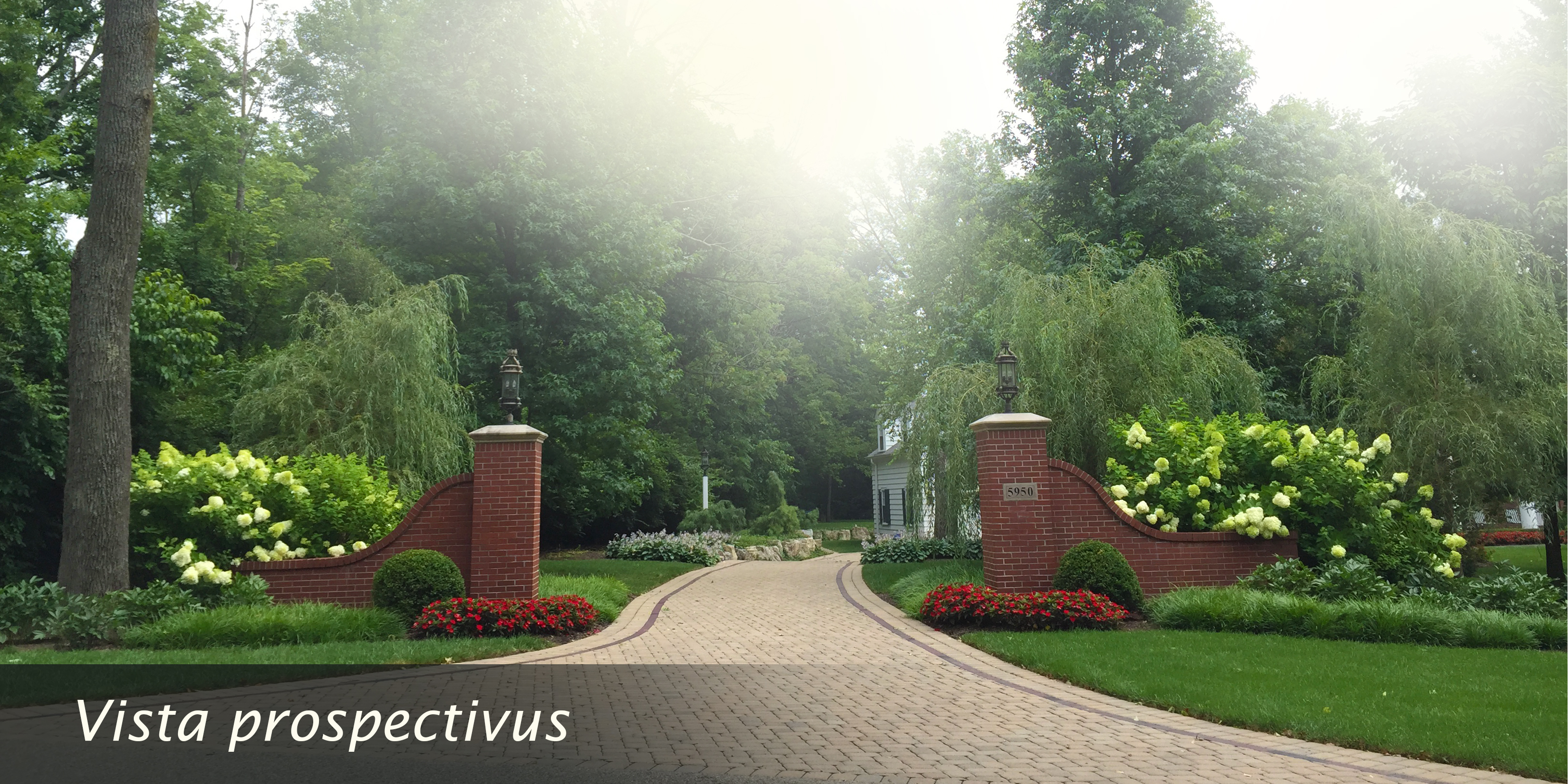
But then I crack open the sentio eventus. I mean, someone will actually live here. These areas will be inhabited by people who move around, who need elbow room, who are 5’ to 6’ tall, who will need shaded from the afternoon sun, who actually want to see the skyline beyond their property line. Folks who just might appreciate the fragrance of a lilac on their rush from the car to the back door. Who, in a rare moment, may welcome the rounded cobbles on their bare feet. When they or their guests pull in the driveway and make their way to the front door, sentio eventus wants to nestle them; wrap them on either side with a pleasing flow that subliminally moves them up the walkway, shelters them from the slopes, comforts them. The Oxygen kicks in, sharpening and subduing the Acetylene, bringing it into a useful, pleasant experience.
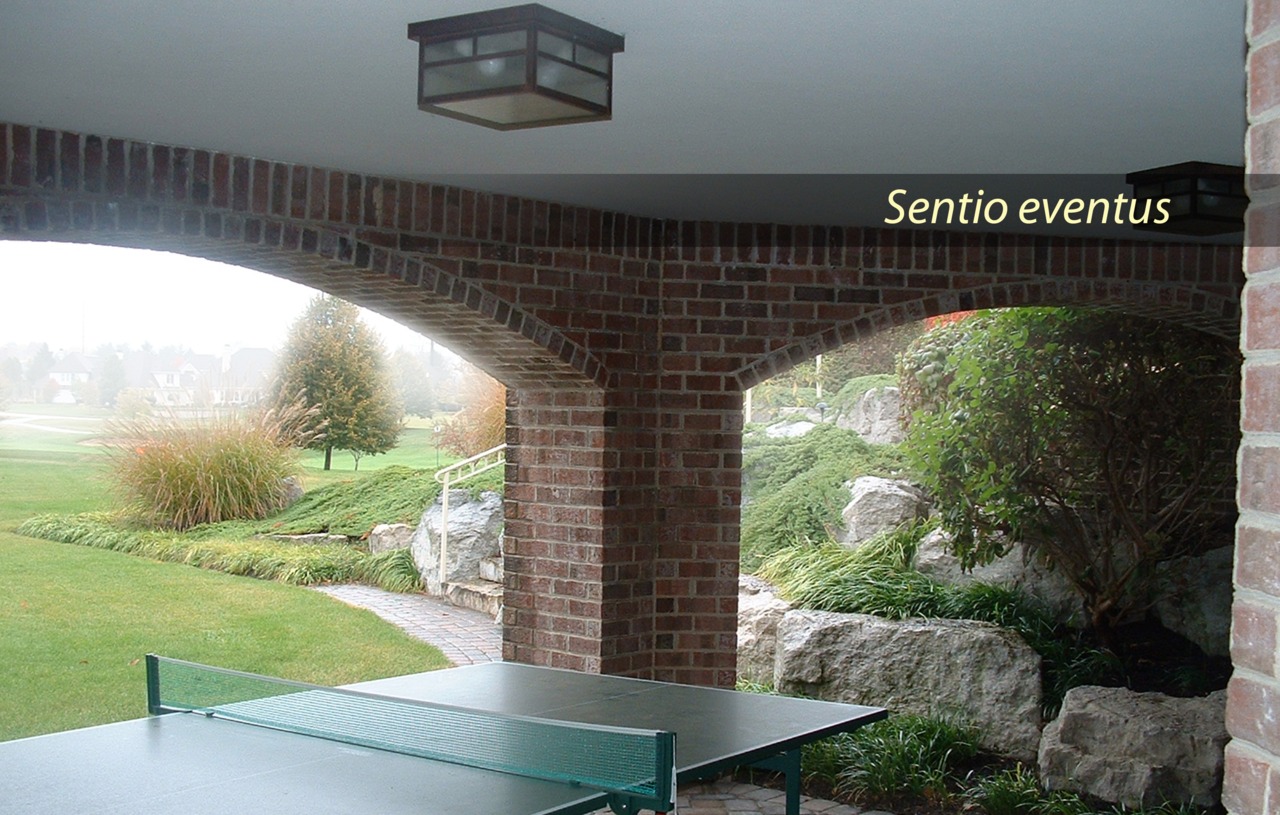
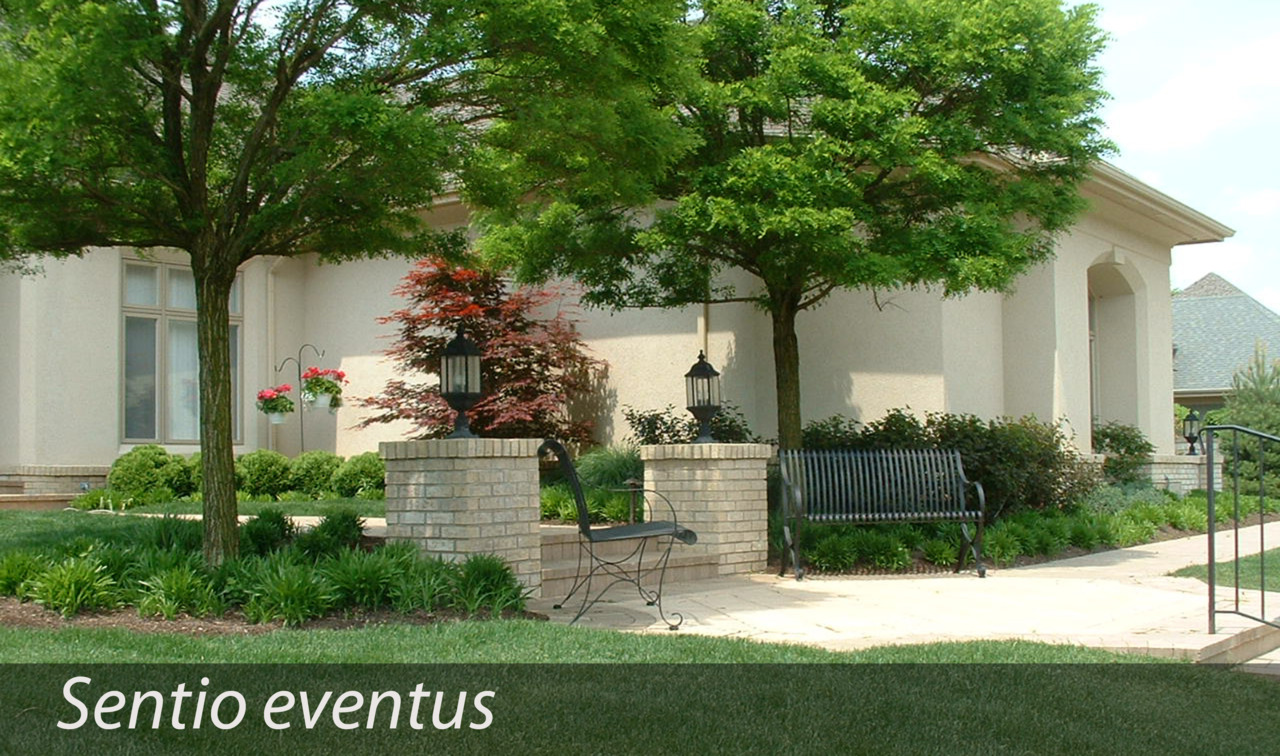
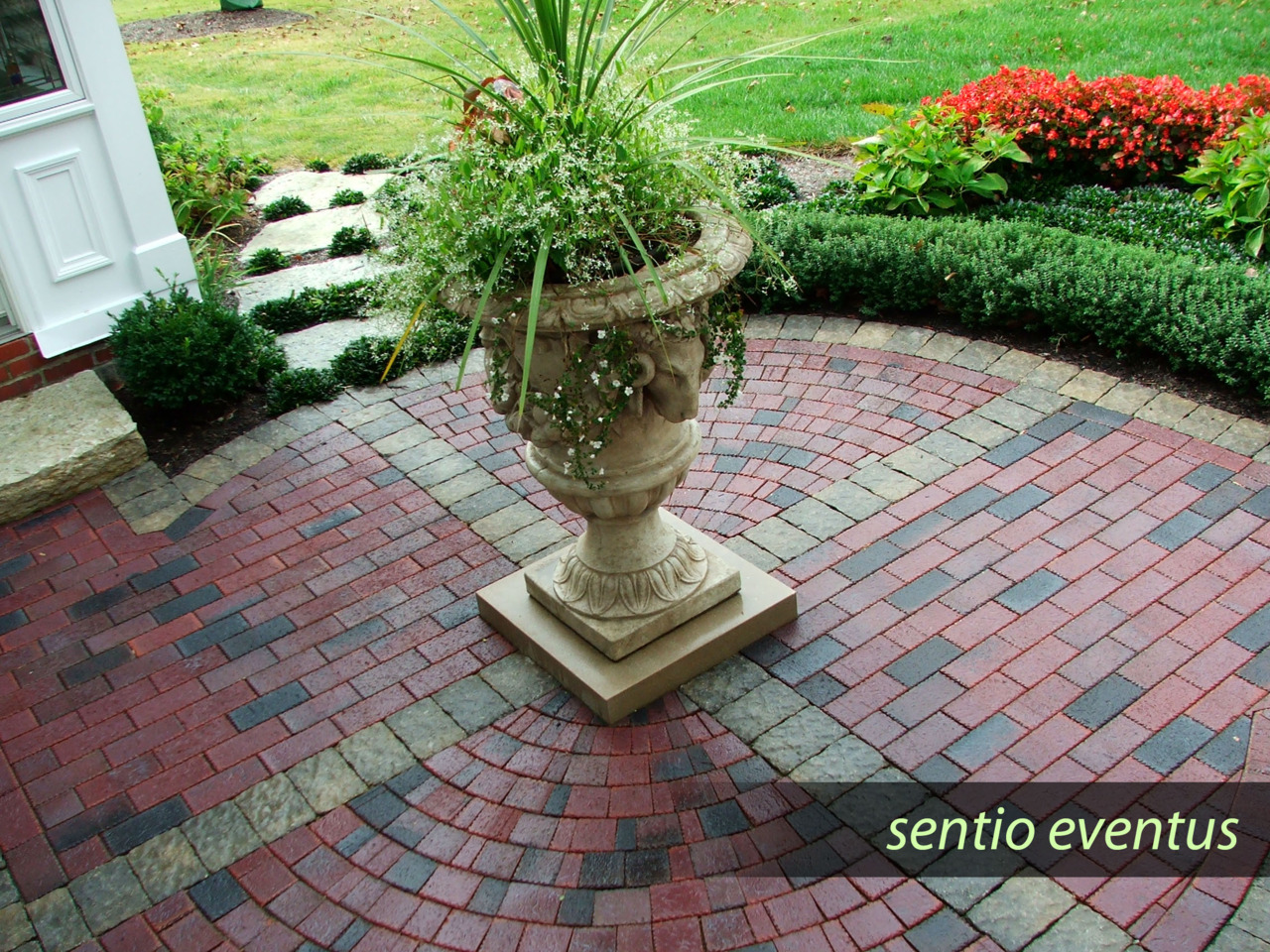
Sentio Eventus calls for a pair of Weeping White Pine to arch over the walkway entrance and then a colonnade of Malus (flowering crabapples) paralleling the front walkway, blocking out the house and street, cuddling the walker, moving him or her deeper and further in, comfortable all the while. But Vista prospectivus says no way, that would totally block the building’s architecture from the street. We need those trees marching down the driveway instead, and then a matching row on the opposite side of the property.
Here the designer has to balance the fuels and strike a pleasing compromise of sorts that ends up working better than either sentio or vista could accomplish on their own.

Vista prospectivus alone will leave a nice looking place that is awkward and uncomfortable to live around. Sentio Eventus alone will result in a hodgepodge of pleasant experiences of shelter, scent, and pedestrian views, but disconnected from each other and lacking an overall, unifying theme.
Each designer probably leans one way or another (or perhaps doesn’t even think in these categories at all but frames the issues in other vocabulary). With the two dials on our design torch, we're aiming for a landscape whose masses and flowing lines look good at 50 mph but whose detail and proportion also nurtures and nestles you when you actually walk in and sit down.
Brilliance is to harmonize the tension and satisfy both dynamics.
Perhaps you see the same thing in human relationships, and even in theology. Grace versus truth. Peace versus righteousness. Goodness versus severity. Rules versus relationships. We fallen creatures juggle these various couplets and wobble through our days. In our inherent short-sightedness we over-emphasize one to the crippling lack of the other, and wonder why we and our family goes in circles. No surprise then, that when Ultimate Reality was revealed in the person of Jesus Christ, the beloved Apostle John found him to be 'full of grace and truth'. This is He, of whom the psalmist sung in Psalm 85, speaking of a Person in whom “mercy and truth are met together; righteousness and peace have kissed.” For in Him the fullness of deity dwells bodily, and by his free gift at Calvary we are welcomed into the fiery sweetness of his forgiveness and hope.
Reuben Huffman
Soli deo gloria

